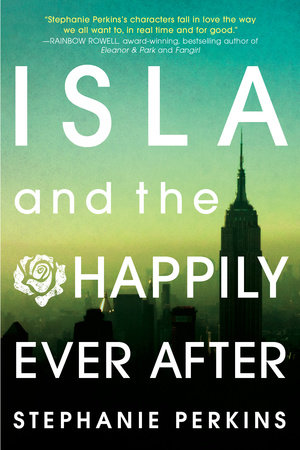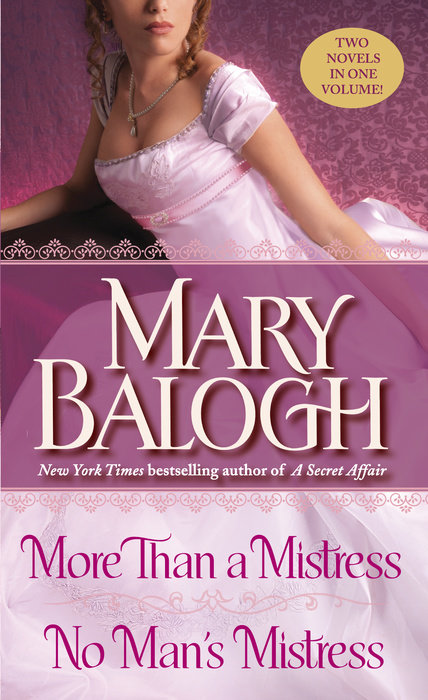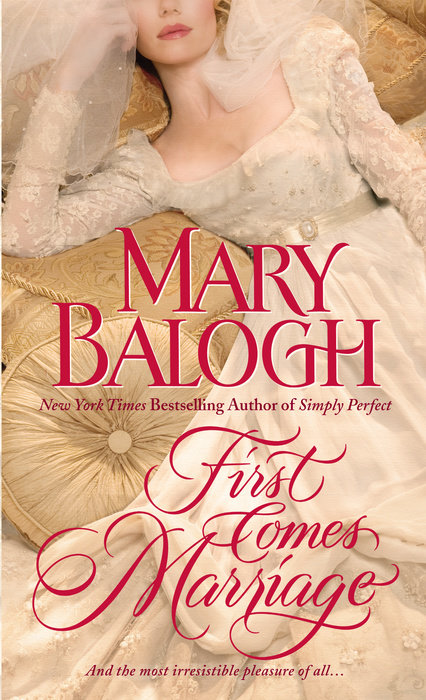 It's About: A look at the 1970s -- where a handful of groups believed that violent revolution was necessary. Bombings, robberies, murders followed.
It's About: A look at the 1970s -- where a handful of groups believed that violent revolution was necessary. Bombings, robberies, murders followed. The Good: Let's just say -- yes, it's complicated. Days of Rage starts with the groups of the 1960s that gave birth to the Weathermen / the Weather Underground, and then how the beliefs, rhetoric, and actions of different groups influenced others, in both theory and action. It ends in the early 1980s.
Days of Rage doesn't include all groups that engaged in robberies and violence in the name of perceived greater good. It concentrates on a handful, including the Weather Underground, the Black Liberation Army, the Symbionese Liberation Army, and the FALN. Depending on the group and the time, the reasons varied from racial injustice, the Vietnam War, Puerto Rican independence, corporate greed, -- the list goes on.
It's a fascinating look at the time, the actions, and the people. It covers many groups and many people -- there are going to be people or things that the reader will want to know more about. And for some of that, there are books and articles. For others? Not so much, because there are still things that are secret, unknown, with the keepers of the secrets unwilling to talk -- or dead. Days of Rage concentrates on these particular groups in part because of the links between them, either in overlapping participants or shared knowledge. Such as sharing safe bomb making techniques.
Days of Rage tries to explain why people - usually young adults - turned to violence. I say "tries" because while at times I understood, or came close to it, at other times -- no. I think it would be almost impossible to really explain it. While I was fascinated, at the end, it just seemed that a lot of people had gotten away with a lot of criminal activity because people romanticized violence. Because going underground was cool and sexy. And that the death and violence was viewed, even now, by those sharing their stories, as somewhat justified.
Actually, by the end, I was angry and disgusted with most of those talked about in this book. I would recommend this, absolutely -- because it does examine, and try to explain, why people do turn to violence and support those who engage in it. It's a great look at group dynamics, and control, and how and why such things happened. Days of Rage does not excuse what was done: I was thankful that one of the final chapters included the now-grown child of one of the victims of a bombing, someone giving voice to the horror and destruction that was done in the name of political beliefs. It's a voice that I think is still not heard by the some of those who engaged in or supported these groups... and it's one of the reasons I recommend this book.
And of course my thoughts turned to how these groups and their actions were and are presented in TV and films and books.
I can think of at least one YA book: Downtown
River Phoenix starred in a 1988 film, Running on Empty
And yes, one of the parts of Days of Rage I found especially interesting was how as the people grew older, they became parents, and how that did, or didn't, influence what their parents did -- how the children were used as cover, or how someone could drive a getaway car and worry about making it home in time to pick up her toddler from daycare. While I respect the privacy of those now adult children, I do wonder what happened to them when parents were arrested.
The Big Fix was made in 1978, and I haven't watched it in decades, but the murder mystery involves former and underground radicals. And I also want to rewatch The Big Chill
As you can see, most of what I'm thinking of actually works made at the time these groups were still active; or within the ten years following, so that even if not active, people were still in hiding.
I'm sure I'm missing some -- I know the story of Kathleen Soliah/Sarah Jane Olson still finds its way into TV shows (suburban mom's criminal past is discovered!)
Amazon Affiliate. If you click from here to Amazon and buy something, I receive a percentage of the purchase price.
© Elizabeth Burns of A Chair, A Fireplace & A Tea Cozy






